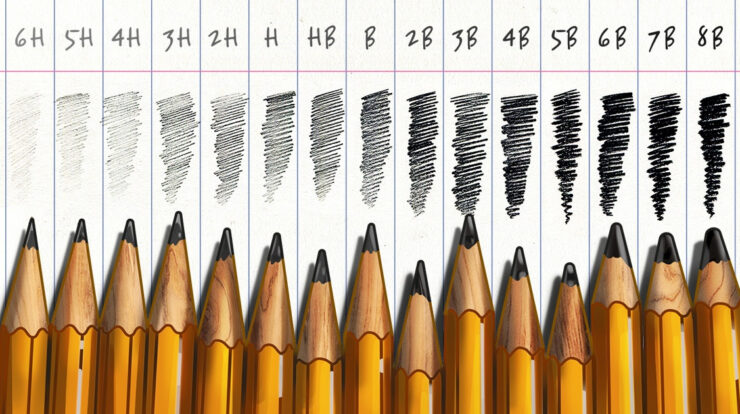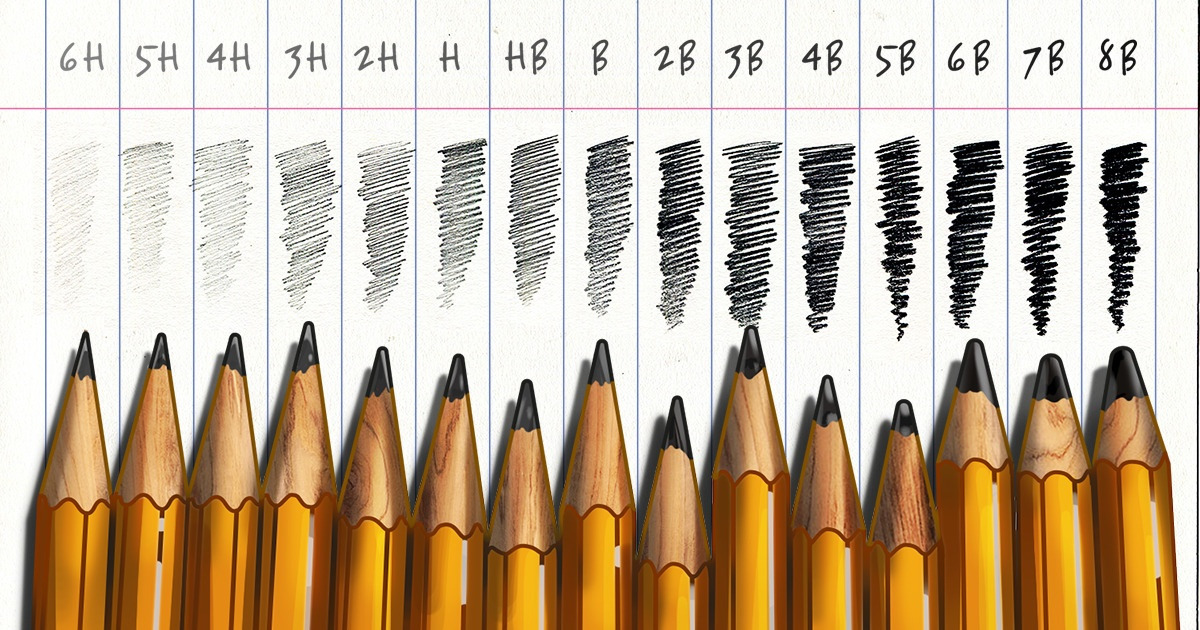
Pencil meaning goes beyond the simple act of writing or drawing. It delves into the rich history, diverse applications, and cultural significance of an indispensable tool that has shaped civilizations for centuries.
From humble beginnings to modern marvels, the pencil has evolved into a versatile instrument, inspiring artists, facilitating education, and serving as a symbol of creativity and communication.
Definition of Pencil: Pencil Meaning
A pencil is a writing instrument that uses a solid core of graphite enclosed in a protective casing, usually made of wood. Pencils are commonly used for writing, drawing, and sketching. They are a versatile tool suitable for various artistic and practical applications.
Pencils come in different types, including:
- Graphite pencils:Made from a mixture of graphite and clay, these pencils are the most common type and offer a range of hardness and darkness levels.
- Charcoal pencils:Made from burnt wood or other organic materials, these pencils create bold, expressive marks and are often used in sketching and drawing.
- Colored pencils:Contain pigments and waxes, allowing for a wide range of colors and are commonly used for artistic purposes.
- Mechanical pencils:Feature a retractable lead that can be advanced as needed, eliminating the need for sharpening.
History of Pencils, Pencil meaning
The origins of pencils can be traced back to the 16th century when graphite deposits were discovered in England. Initially, people used graphite sticks for writing, but these were messy and inconvenient.
In the 17th century, Italian craftsmen began encasing graphite in wooden sticks, creating the first true pencils. These pencils were initially expensive and used primarily by artists and scholars.
Over time, pencils became more widely available and affordable, and their use spread to various fields. In the 19th century, the development of mass production techniques made pencils accessible to the general public.
Components of a Pencil
The main components of a pencil include:
- Core:The central part of the pencil, made of graphite or other materials, which provides the writing or drawing medium.
- Casing:The protective outer layer of the pencil, usually made of wood or plastic, which holds the core in place and provides a comfortable grip.
- Ferrule:A metal band that holds the eraser in place at the top of the pencil.
- Eraser:A small piece of rubber or other material attached to the top of the pencil, used for erasing marks.
Pencils are manufactured through a multi-step process involving cutting and shaping the wood, inserting the graphite core, and applying a protective finish.
Uses of Pencils
Pencils have a wide range of uses, including:
- Writing:Pencils are commonly used for writing notes, letters, and other text-based documents.
- Drawing:Pencils are a versatile tool for sketching, drawing, and creating artwork due to their ability to produce a wide range of tones and textures.
- Engineering and architecture:Pencils are used for technical drawing, blueprints, and other architectural and engineering applications.
- Carpentry and construction:Pencils are used for marking and measuring in carpentry and construction work.
- Artistic expression:Pencils are a popular medium for artists of all levels, from beginners to professionals.
Notable pencil artists include Pablo Picasso, Vincent van Gogh, and Leonardo da Vinci.
Cultural Significance of Pencils
Pencils have significant cultural importance in various societies:
- Education:Pencils are a staple in schools and educational institutions, used for writing, drawing, and taking notes.
- Art:Pencils have played a crucial role in the development of art throughout history, enabling artists to create masterpieces and express their creativity.
- Communication:Pencils have been used for centuries to write letters, documents, and other forms of communication.
- Symbolism:Pencils have become a symbol of knowledge, creativity, and intellectual pursuits.
Stories and anecdotes abound about the impact of pencils on culture, such as the story of John Steinbeck using pencils to write his Pulitzer Prize-winning novel, “The Grapes of Wrath.”
Pencil Sharpening Techniques
There are various methods for sharpening pencils, each with its own advantages and disadvantages:
- Knife:Using a sharp knife, carefully shave the wood away from the graphite core, creating a pointed tip.
- Pencil sharpener:A mechanical device that quickly and easily sharpens pencils to a standard point.
- Sandpaper:Rubbing the pencil against sandpaper can create a sharp point, but it can be time-consuming.
- Emery board:Similar to sandpaper, an emery board can be used to sharpen pencils, providing more control over the shape of the tip.
The optimal sharpness of a pencil depends on the intended use and personal preference.
Pencil Erasers
Pencil erasers come in different types, each designed for specific purposes:
- Kneaded eraser:A soft, pliable eraser that can be molded to remove graphite marks without damaging the paper.
- Gum eraser:A soft, sticky eraser that effectively removes graphite but can also smudge or tear the paper.
- Plastic eraser:A hard, durable eraser that provides precise erasing and minimal smudging.
- Vinyl eraser:A versatile eraser that combines the properties of kneaded and plastic erasers, providing both precision and smudge resistance.
The mechanics of erasing involve using friction to break down and lift graphite particles from the paper’s surface.
Pencil Grading System
The pencil grading system is a standardized method for classifying pencils based on their hardness and darkness:
- “H” pencils:Hard pencils with a high graphite content, producing light, precise lines.
- “B” pencils:Soft pencils with a low graphite content, producing dark, expressive lines.
- “HB” pencils:Medium pencils with a balanced combination of hardness and softness, suitable for general writing and drawing.
The grading system ranges from 9H (hardest) to 9B (softest), with HB in the middle. Different pencil grades are used for various applications, such as technical drawing (H pencils) and sketching (B pencils).
Wrap-Up

Whether it’s capturing the nuances of a masterpiece, jotting down notes in a classroom, or leaving an enduring mark on history, the pencil remains an indispensable tool that continues to empower and inspire.
Key Questions Answered
What is the origin of the pencil?
The origins of the pencil can be traced back to ancient Rome, where a stylus made of lead was used to write on wax tablets.
What are the different types of pencils?
Pencils are categorized based on their hardness, which is indicated by a grading system ranging from 9H (hardest) to 9B (softest).
How are pencils sharpened?
Pencils can be sharpened using a variety of methods, including manual sharpeners, electric sharpeners, and sandpaper.